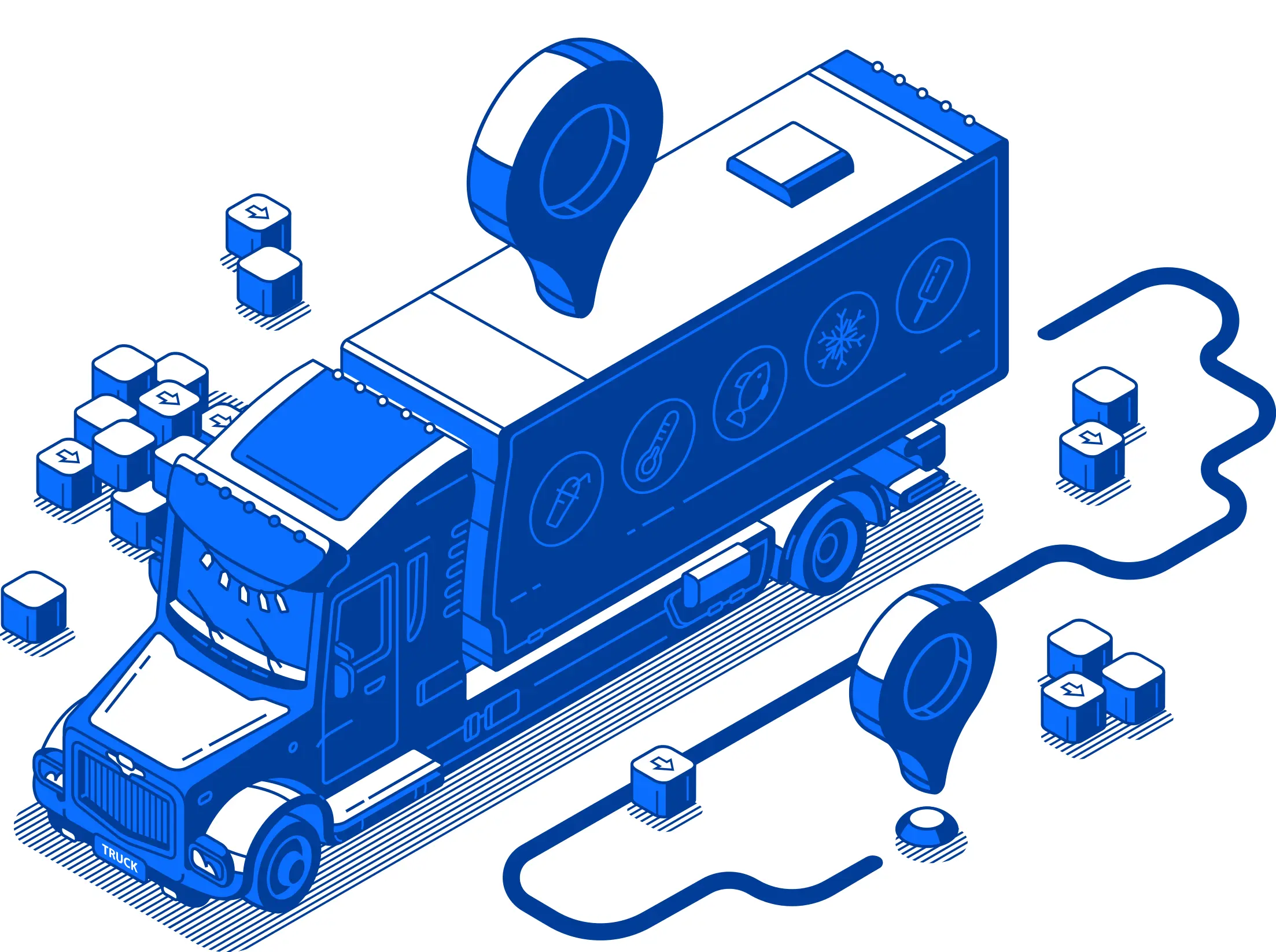Let our team at Saint John Capital be the first to wish you a happy New Year! Now is a good time to reflect on your past year’s business successes and hiccups. It’s also a great time to prepare your trucking business for a new year. When you take time to consider what a new presidency may trigger, you’re in better shape to navigate fluctuating fuel prices, interest rates, taxes, and necessary goods.
Tips For Getting Financial Plans in Place
The president-elect has made several statements regarding his plans upon taking office. The Tax Foundation took a closer look at what his plans would do for the economy.
First up are the tariffs. He’s talked about raising tariffs on all imports. Based on a 10% or 20% universal tariff, estimates are it would raise $2 trillion and $3.3 trillion respectively. But, tariffs would impact households, too. Manufacturers will raise prices to make up for the increased tariffs. It’s estimated that the average tax increase on households would be between $1,200 and $1,300 if the tariff is 10% or just over $2,000 for a 20% tariff.
Second, there have been several proposals in regard to taxes. The estimated corporate tax rate would drop by 1%. If a company makes its products within the U.S., the tax rate drops to 15%. The interest on auto loans may become tax deductible. Overtime pay and Social Security benefits may become tax-exempt.
The USDA expects food prices to increase by 1.9% in 2025. That’s after a predicted increase of 2.3% in 2024. Workers are spending more on basic necessities, and that makes them want better wages. As a trucking company owner, you need to keep that in mind. If you’re not offering a more competitive wage and benefits package than your competition, you risk losing valuable employees.
These are things that could happen. However, many political candidates say things when they’re campaigning and never follow through. It’s a guessing game at best. Prepare for turbulent financial situations now using these tips.
Create a Realistic Budget
Create a realistic budget that accounts for price increases. Look at what you spent this year and consider adding about 10% to 20% to cover increases on things like fuel, office supplies, truck repairs and maintenance, etc. The president-elect promised to lower expenses, but his power to do that may not be as helpful as people hope.
There is speculation that the proposed 60% tariff on Chinese goods could help the trucking industry. This will come down to how high these tariffs are and how that affects prices. Consumer spending might decline if prices climb too high. The other concern is that the introduction of tariffs on countries that supply some of our oil could drastically increase fuel prices. For those hoping oil drilling would increase in the U.S., the CEO of ExxonMobil says that’s unlikely to happen.
Before you panic and set too much money aside, there is talk that the federal excise tax on heavy trucks and trailers may be repealed. That would reduce these taxes by 12%, which will help offset some increases.
Establish Tax Plans Early
Following up on careful budgeting, you need to play for the next year’s tax season from the start of this year. Make sure you’re paying enough each quarter. If you fall short and don’t pay enough, the penalties are costly.
If you can’t afford an accountant, which is ideal, pay for tax software that helps you plan for and pay the appropriate amount of taxes each quarter. You also need it to ensure you’re calculating payroll taxes correctly.
Maximize Your Cash Flow
Keep a strong cash flow so that any emergency expenses are easy to manage. If you’re waiting a month or longer to get paid, it’s common to cover those expenses by charging them on a credit card. You spend more because of the high interest rate.
Freight factoring helps you get paid regularly. Once you have money coming in regularly, it’s easier to keep up with your expenses. If you do have credit card debt, you could start paying weekly instead of monthly to lower the amount of interest you pay.
Prepare for the Unexpected
You need to have a plan in place if unexpected events do occur. Suppose you’re unable to keep drivers due to better salary packages from a larger competitor. What happens now? Can you divert money from one area of your company to another to be more competitive? Will you have to drop clients until you have enough drivers again or will you start driving loads?
If a driver is injured or becomes ill and cannot drive, do you have enough staff to keep your business running in the meantime? If a driver damages your cargo, is the insurance coverage enough to cover the loss, or will you be covering part of it with an expensive deductible? For many companies, lower premiums come at the cost of exorbitant deductibles.
What happens if fuel prices increase drastically? Can you get into a fuel discount program to help lower costs? If not, where is the extra money going to come from?
Another thing to consider is the age of your trucks. If they’re not as efficient as today’s trucks, is it cost-effective to update to newer equipment? Would a low-interest business line of credit help you afford the new trucks and trailers you need?
Embrace Technology
If you haven’t invested in technology, it’s time. It’s so much easier planning efficient long-haul or short-haul routes, while also having a backup plan in case of a seasonal road closure or unexpected situation like a bridge collapse, weather event, or accident.
When you carefully plan and optimize routes and loads, you keep costs down. You’ll save money on fuel and avoid unnecessary wear and tear on your trucks. Route planning software helps with all that. Install an app on your tablet or phone and have the technology with you on the road.
Another way technology helps is that you’ll be able to upload bills of lading to payment requests with a freight factoring company. Traditionally, truck drivers returned to home base and handed all bills of lading to the office staff. Office workers transferred the data into an invoice and faxed, emailed, or mailed it to the client. From there, clients would pay invoices by the due date. Sometimes, they paid late.
Meanwhile, the trucking company’s owner had to juggle bills and payroll until payments came in. It was tough. Freight factoring simplifies the process. Take a photo of the bill of lading with the app. Submit it for payment. Payment is received once the request is approved. It’s easy to have the funds you’re owed before the end of the day.
Once the payment is received, you also have an invoice to upload to your accounting software. Keeping track of payments and some business expenses is a breeze when you partner with a freight factoring company and embrace Click & Pay API.
It’s Never Too Late to Get Started
It doesn’t matter if you’re an established trucking company. It’s never too late to partner with a freight factoring company. You benefit from faster payments, easier bookkeeping, and impressive fuel discounts. Saint John Capital is ready to help you tackle a new year where it’s uncertain exactly what’s about to happen as a new presidency sets policies that can impact the transportation industry.











